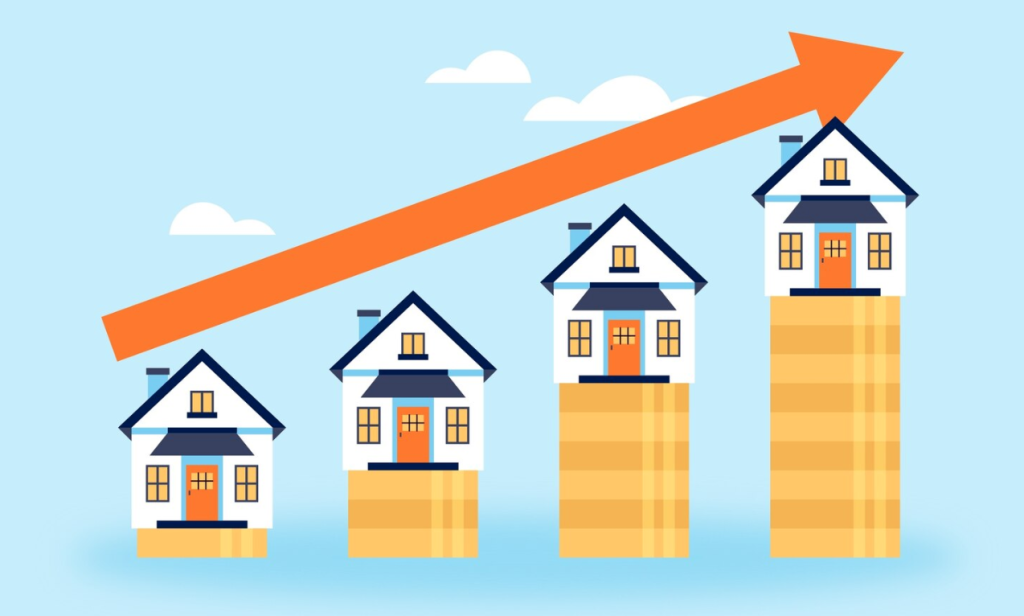March 2024 marked a period of robust performance for the second charge mortgage market, with new business volumes growing by 5% compared to the same month in the previous year. This growth is part of a broader trend observed in the first quarter of 2024, where the market not only increased by volume but also saw a significant rise in the value of new business, underscoring the growing interest in this type of mortgage financing.
Quarterly Performance and Market Trends
According to the Finance & Leasing Association (FLA), the total value of new second charge mortgage business in March 2024 reached £137 million, representing an 11% increase from March 2023. Over the first quarter of the year, the value of new business rose by 14%, and the number of new agreements increased by 8% compared to Q1 2023. Fiona Hoyle, Director of Consumer & Mortgage Finance and Inclusion at the FLA, commented on the market’s positive trajectory, noting, “The second charge mortgage market returned a strong performance in the first quarter of 2024 with new business growth in each month of the quarter.”
Purpose of Loan and Borrower Intent
A key aspect of the second charge mortgage market is the purpose for which these loans are taken. The FLA’s data for Q1 2024 indicates that a significant majority of new agreements, 82%, were made either solely or partially for the consolidation of existing loans. This rate has remained relatively stable compared to the same quarter in 2023, suggesting that debt consolidation continues to be a primary driver for borrowers seeking second charge mortgages.
Analyzing the Financial Impact
The growth in the second charge mortgage sector is particularly noteworthy given the broader financial landscape. While some sectors have struggled with fluctuating demand and economic uncertainty, the consistent rise in both the value and volume of second charge mortgages indicates a solid demand for this financing option. This could be attributed to borrowers leveraging their property’s equity to manage or consolidate other debts, especially in an economic environment where managing existing financial commitments efficiently is becoming increasingly important.
Long-Term Market Changes
However, it’s important to note that while the short-term figures show growth, the annual perspective reveals a different story. Over the 12 months leading up to March 2024, there was a 7% decline in both the value of new business and the number of new agreements, reflecting some of the challenges and volatility the market has experienced over the past year.
Looking Forward
The second charge mortgage market’s performance in early 2024 suggests a resilient sector capable of adapting to both consumer needs and broader economic changes. As more homeowners look to unlock the equity in their homes for financial management or improvement projects, the relevance of second charge mortgages continues to increase. For potential borrowers, understanding the benefits and risks associated with these types of loans is crucial, especially in an economy still recovering from previous instabilities.
The continued growth in the second charge mortgage sector, especially for debt consolidation, points to a cautious yet proactive approach by homeowners in managing their financial health. As we move further into 2024, monitoring how these trends evolve will be essential for both consumers and lenders in the mortgage industry.






